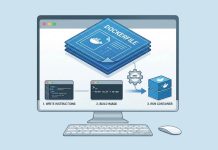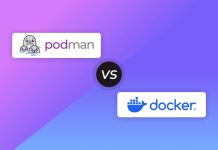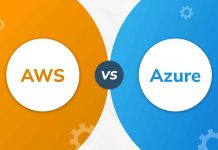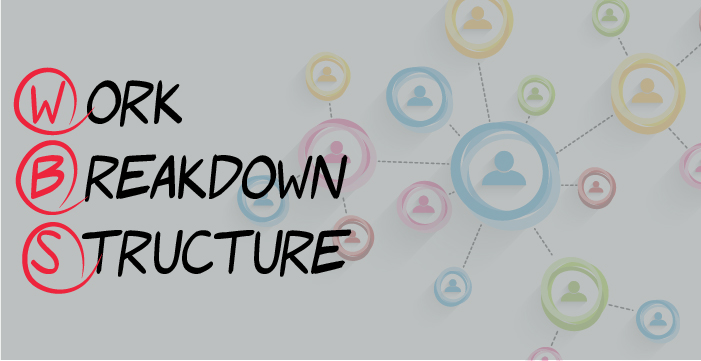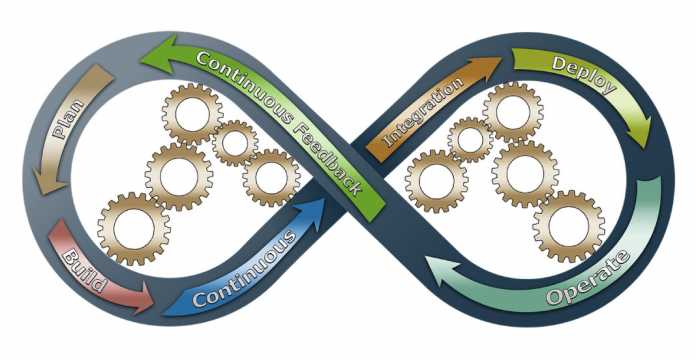
DevOps has come a long way since when it was first introduced. Initially, most businesses deemed it to be just another buzzword that will phase eventually. However, with the increasing popularity, DevOps has proved that it works and is here to stay.
Powered by automation and supported by cross-departmental collaboration, DevOps has taken the software development experience by passion. Still, not a lot of IT administrators are informed of the nitty-gritty of a DevOps pipeline.
This is primarily because the various concepts comprising a DevOps pipeline are usually not well explained.
In this article, we attempt to break down the distinct parts of a DevOps pipeline and describes what a pipeline looks like in the enterprise.
Different Stages in a Standard DevOps Pipeline
Continuous Integration/Continuous Delivery (CI/CD)
Before continuous integration (CI) was in position, developers created the application points in silos and presented them individually. The idea of CI has wholly transformed how developers go about giving their code modifications with the master branch. With CI, the practice frequently combines the code turns into a central receptacle several times a day. In conclusion, merging the various code changes becomes more comfortable and is also less time-consuming. You’ll also find integration defects early, and the sooner you recognize them, the easier it is to act on solving them.
Continuous Testing (CT)
Continuous testing (CT) is another crucial element of a DevOps pipeline. With continuous testing, you can implement automated tests on the code integrations collected during the constant integration phase. Besides securing high-quality importance development, continuous testing also assesses the release’s risks before it continues to the delivery pipeline. Barring the text development part, continuous testing doesn’t require any other manual intervention. Testers write the test scripts before the start of coding. As a result, once the code integration issues, the tests begin to run one after the other automatically.
Continuous Deployment
There’s an element of uncertainty when people discuss Continuous Delivery/Continuous Deployment. People usually interchange the terms, although there’s a real difference between them.
Continuous deployment works with continuous delivery, and the updates that actively pass through the automatic testing are delivered into production automatically. As a result, it allows multiple production deployments per day.
Continuous Monitoring
Monitoring your systems and environment is essential to ensure optimal administration act. In the production environment, the services team leverages continuous monitoring to confirm if the situation is calm and that the applications do something they’re supposed to do. Rather than monitoring only their operations, DevOps supports them to track applications too.
Continuous Feedback
People often neglect the survey of continuous feedback in a DevOps pipeline, and it doesn’t get as much attention as the other components. However, continuous feedback is relatively valuable. The purpose of continuous feedback resonates very strongly with one of the center DevOps goals—product development through consumers’/stakeholders’ feedback.
Continuous Operations
Continuous operations is a comparatively, more modern concept. As per Gartner, continuous operations is defined as “Those attributes of a data-processing system that decrease or reduce the need for planned downtime, such as scheduled support. One element of 24-hour-a-day, seven-day-a-week operation.” The purpose of continuous operations is to completely manage tools as well as software changes so that there’s only minimum interruption to the end-users.
Phases of a DevOps Pipeline
Although it’s simple to find changes in DevOps pipeline design, the primary phases combine develop, build, test and deploy.
Develop
At this step, the developers write the software code and launch it into a source control container. After the code reaches through the repository, reference code integration takes place. There are scarce code repository hosting services possible on the market, along with an underlying version control system. Choosing the best closet can be difficult as it depends on different circumstances, such as your plan and team capacity, its release agendas, and so on.
Build
In the following stage, “build,” the importance is built by using the integrated code in the reference code receptacle from the early stage.
Test
The next level in the DevOps pipeline is “test,” wherein the testers perform different tests such as practice tests, functional tests, and system tests on the build from the last point. If any issues are located at this phase, then such questions are sent back to the developer for interpretation.
Deploy
The final spotlight is “deploy,” where once the production environment is designed and is configured, the last statement of the build is extended.
Therefore, the above-discussed single DevOps pipeline starts from code remaining terminated into the source control repository until its deployment to the end-users in the last stage. There’s additionally a feedback circle that combines the specified steps and guarantees that the process of application performance is progressing at all time.
Surely, this article has covered the critical factors of a DevOps pipeline and has brought you a little towards the DevOps pipeline ocean. The ideas explained in this paper compose only a small part of a full DevOps pipeline. As you’d understand by now, you have to work on a lot of things at once to create a DevOps pipeline from scratch. But once the pipeline is in position, it’ll completely redefine how you go about making your software and how you deploy it. And, of course, you’ll get a lot of business and technical advantages in the long route.
Albeit DevOps can be a challenging change to integrate into an organization, however, with proper knowledge like getting a certification, you can easily make the most of DevOps.


